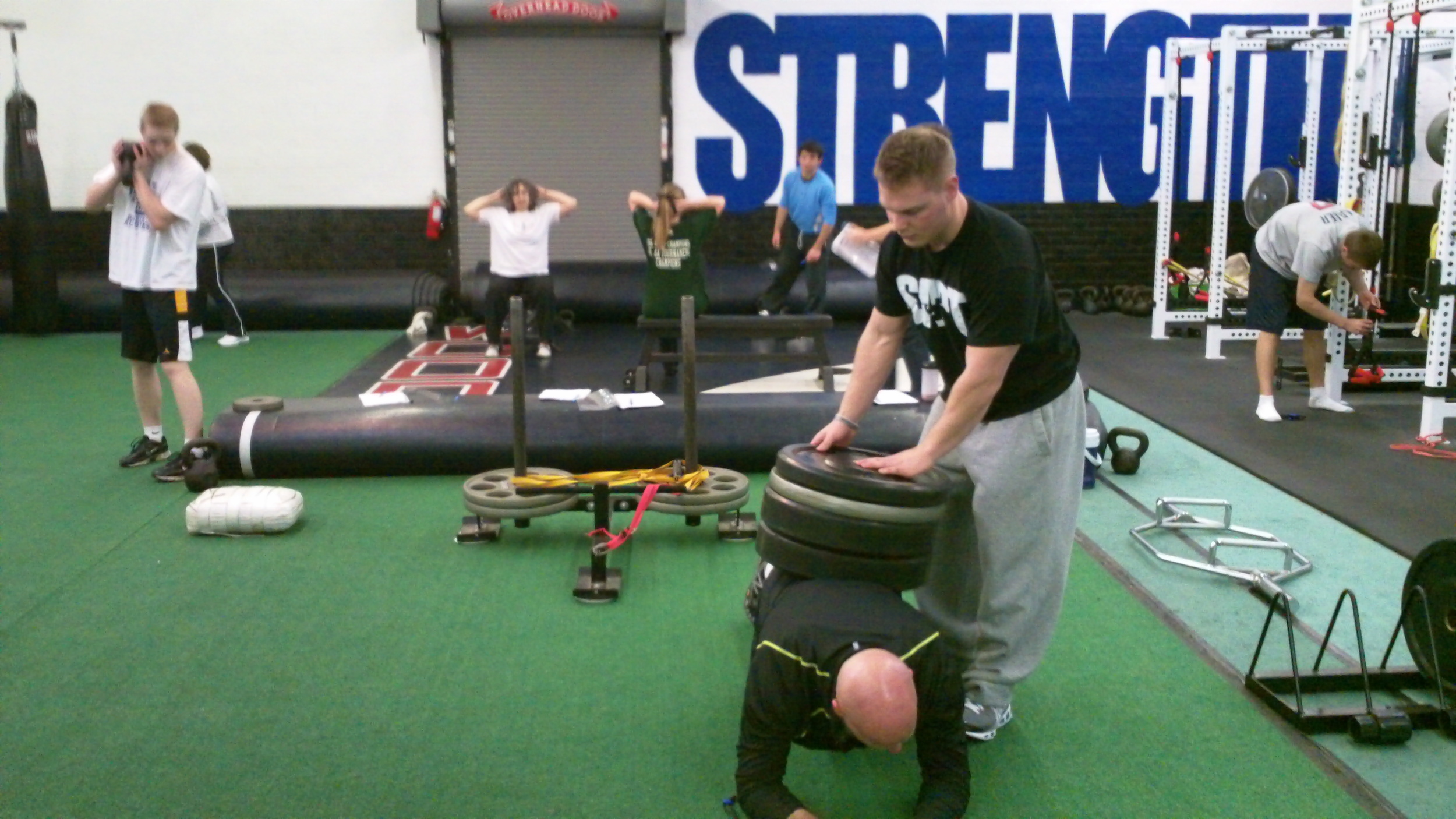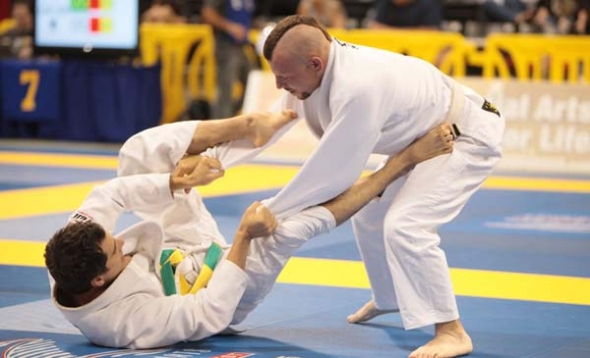 When it comes to training someone's "core," I'd often rather have them jump in front of a moving a school bus than perform endless sit-up and crunch variations. However, I've explained the "why" on this site multiple times (and most people are caught up to this information by now anyway), so I won't belabor the point here and now.
Moving on, planks (and their variations) tend to be one of the best bang-for-your-buck exercises when it comes to training the "core," or - the muscles that control the pelvis and thoracic region with respect to the lumbar spine - to put it in "non-bro" terms.
When it comes to training someone's "core," I'd often rather have them jump in front of a moving a school bus than perform endless sit-up and crunch variations. However, I've explained the "why" on this site multiple times (and most people are caught up to this information by now anyway), so I won't belabor the point here and now.
Moving on, planks (and their variations) tend to be one of the best bang-for-your-buck exercises when it comes to training the "core," or - the muscles that control the pelvis and thoracic region with respect to the lumbar spine - to put it in "non-bro" terms.
This is why, once someone has mastered the basic plank, I'll progress them to something more difficult (and fun!) than just holding a static bridge for 60 seconds. This is where something like a move-the-mountain plank or a plank bodysaw will come in handy to make someone's abdominals hate life. Today I'd like to share another plank variation I love to use, that is challenging and also helps keep those with ADD a specified task to focus on.
Here we have SAPT's exercise of the week, along with allowing you to finally understand why I placed a picture of a random man stirring a large pot at the beginning of this post (don't pretend like you didn't doubt me).
Stir the Pot: Alphabet
What is it: This is a progression from the classic "Stir the Pot" exercise that Dr. Stuart McGill invented. It trains your core to resist extension and rotational forces, on top of improving core endurance, a key component in keeping back pain at bay.
The idea for the featured variation actually came to me after Coach Chris invented the Pallof Press: Alphabet back in 2010.
How to do it: Get in a nice plank position (abs tight, glutes SQUEEZED, yadda yadda yadda). Then, trace the alphabet in big, CAPITAL letters. Take your time here. and ensure that there is minimal movement taking place at your low back and hips.
I typically like to progress this by having someone start by tracing just a portion of the alphabet (ex. A-L) and eventually have them work through the entire alphabet. Perform 2-3 sets, working as far through the alphabet as you dare.
To make it even more difficult, you could have someone appear out of nowhere and samurai-kick the ball. I heard my friend Tony Gentilcore mention this for the original stir the pot, and I feel it is a fair progression.
 Why I like it: As mentioned above, it's a good fit for us ADD folk in the crowd. Not to mention it will kick your butt. While an advanced athlete can make a plank very difficult if they put their mind to it and actually focus throughout the entire thing, I honestly can't always count on people to do this. Variations such as Stir the Pot practically force you into staying tight, as otherwise you'll fall over and/or snap your spine in two.
Why I like it: As mentioned above, it's a good fit for us ADD folk in the crowd. Not to mention it will kick your butt. While an advanced athlete can make a plank very difficult if they put their mind to it and actually focus throughout the entire thing, I honestly can't always count on people to do this. Variations such as Stir the Pot practically force you into staying tight, as otherwise you'll fall over and/or snap your spine in two.
I also like this because those of you who train in commercial gyms can do it without any special equipment. Commercial gyms tend to have so many of those stability balls that I often feel like I'm a very small person in the middle of Goliath's equivalent of a Chuck E. Cheese's. This will give you something useful to do with those balls other than throwing them out the window.


